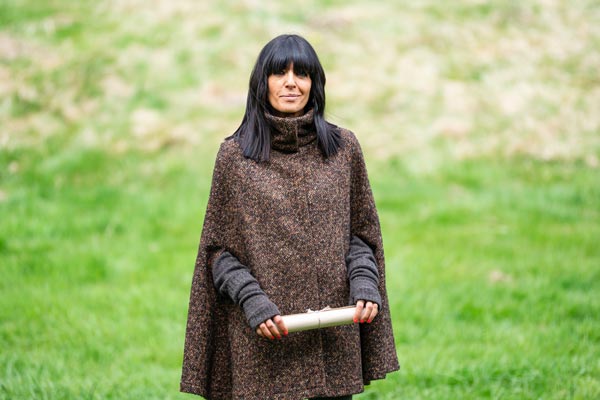As the new school year begins, September is a good month in which to turn your attention to the garden. This late summer period is the last hurrah before the daylight hours shrink and the air cools. Take some time off work or make time within your busy schedule, if necessary, to enjoy your outdoor space during a month of calm.
The month is generally a productive one for those who have been growing for the kitchen. You should be able to harvest figs, apples, pears, blackberries, grapes and tomatoes. There will be fresh vegetables to enjoy, including leafy greens, runner beans, squash, potatoes, onions and carrots. It’s also the perfect time to plant spring-flowering bulbs.
It’s a particularly beautiful time outdoors, with golden light that is less harsh than during mid-summer. Certain plants save their best for this time of year, including ornamental grasses, perennials – including Aster, Japanese anemone and Rudbeckia – and shrubs like Hydrangea. Did you know, there are now up to 600 named cultivars of Hydrangea?
Take a good look around your garden to see if anything will deliver a September splash of joy. If the show’s over already, this is a great time to make a shopping list so that you can fill the gap for next year.
Inspire The Younger Generation
You might still have small people at home or grandchildren to entertain. It’s wonderful to enthuse kids, hoping that they will develop a lifelong interest in plants. Donate a small patch of garden and help them design the content. Have you heard of a zoo garden, for example? The names of the plants can represent animals and each can be labelled, perhaps using a model of the animal too.
Here are a few easy-to-grow, child-friendly examples:
- The name lamb’s ear refers to Stachys byzantina, a drought-tolerant evergreen perennial that will form a carpet of soft, fluffy ‘ears’. Leaves and stems are covered in white, woolly hairs.
- Bergenia cordifolia, or elephant’s ears, is an easy-to-grow evergreen with big, tough leaves that look just slightly like the ears of Jumbo.
- Catnip (Nepeta cataria), is a member of the mint family, and cats love to roll around in the aromatic foliage and flowers thanks to the chemical compound Nepetalactone, which is also an insect repellent.
- Dogwoods (Cornus sanguinea or alba) are shrubs that are brilliant in winter. Cut them down to the ground in very early spring and the new growth will give you vertical stems of colour next year. They’re easy to grow at the back of your children’s zoo garden.
- Fleabane, Erigeron karvinskianus, was so named because it was believed the dried leaves and flowers repelled fleas. This delightful little daisy-like perennial self-seeds into cracks and dry places.
Try building a garden gnome village or a magical miniature garden in a bottle, ceramic dish, box or even a shoe. Diminutive spaces can be huge in terms of appeal. Take a tiny world and become absorbed by the endless possibilities that micro-gardening presents. It’s not only the kids who will be enthralled. Most importantly, have fun!




